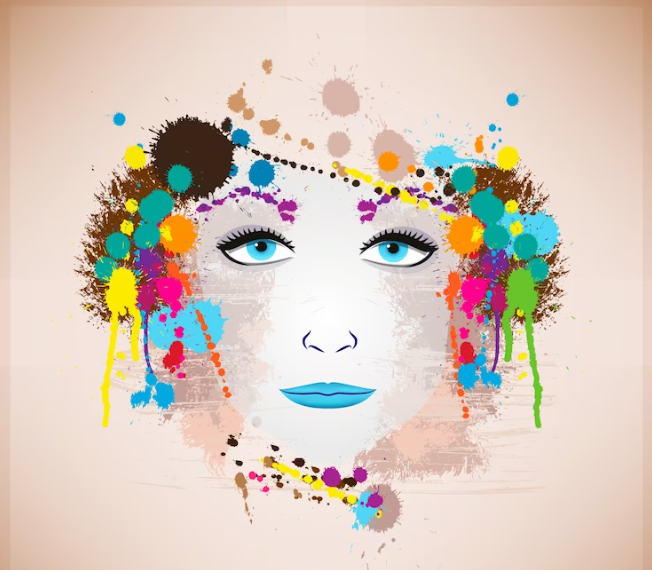Beautiful Drawing Styles All Creatives Should Try
If you’re an aspiring artist or someone who enjoys drawing as a hobby, you might be looking for ways to improve your skills and take your art to the next level. One of the most effective ways to enhance your drawing skills is to experiment with different drawing styles.
Trying out new drawing styles can help you discover new techniques and approaches that you might not have considered before. It can also help you break out of your comfort zone and push your creative boundaries. By exploring different drawing styles, you can gain a better understanding of your artistic strengths and weaknesses and find new ways to challenge yourself.
One of the benefits of experimenting with different drawing styles is that it can help you develop your own unique style. As you try out different techniques and approaches, you’ll start to see what works for you and what doesn’t. Over time, you’ll start to develop your own unique style that reflects your personality and artistic vision.
There are many different drawing styles to explore, and each one has its own unique characteristics and challenges.
Table of Contents
Toggle1. Doodling
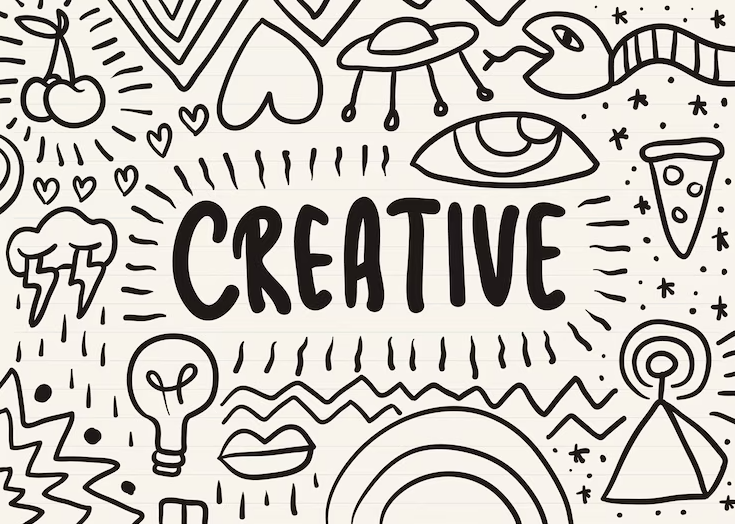
Doodling is a unique and popular drawing styles that has gained popularity in recent years. It’s a fun and relaxing way to express your creativity and explore new ideas. Doodling is often seen as a form of free-flowing drawing, where the artist lets their imagination run wild without any particular plan or goal in mind.
One of the benefits of doodling is that it can help you tap into your creative subconscious. By allowing yourself to draw freely without any rules or expectations, you can access new ideas and insights that you might not have otherwise considered. Doodling can also be a great stress-reliever and a way to clear your mind and focus on the present moment.
Doodling doesn’t require any particular skill level or technique, which makes it accessible to artists of all levels. It’s often done using simple tools like pens or pencils and can be done on any type of paper or even digitally. There are no rules when it comes to doodling, and it can be done in any style or genre.
One of the fun aspects of doodling is that it can be a collaborative art form. Many artists enjoy incorporating other people’s doodles into their own work, creating a unique and collaborative piece of art. Doodling can also be done in groups or with friends, making it a fun and social activity.
Another aspect of doodling that sets it apart from other drawing styles is its impermanence. Many doodles are created on scraps of paper or in the margins of notebooks and are often discarded once they’re finished. However, this impermanence can also be seen as freeing, as it allows the artist to experiment and take risks without the pressure of creating a masterpiece.
2. Photorealism / Hyperrealism
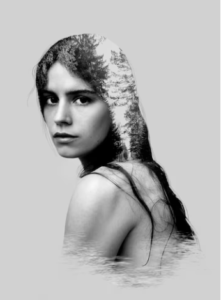
Photorealism or Hyperrealism is a drawing styles that aims to create a highly realistic and detailed depiction of a subject. This style has gained popularity in recent years, thanks to the advent of new technology that makes it possible to create highly detailed and realistic digital images.
Photorealistic drawings are created using a combination of observation, skill, and technique. The artist must have a keen eye for detail and be able to accurately capture the nuances of light, shadow, and texture. This requires a high level of skill and precision, as even the slightest deviation from reality can detract from the overall effect.
One of the challenges of photorealism is that it can be time-consuming and requires a high level of patience and dedication. Many photorealistic drawings can take weeks or even months to complete, as the artist must carefully build up each layer of detail to create a seamless and convincing image.
Despite its challenges, photorealism has become a popular drawing style among artists and art enthusiasts alike. Many artists are drawn to the challenge of creating an image that is so realistic it can be mistaken for a photograph, while others appreciate the level of technical skill and precision required to create a successful photorealistic drawing.
There are many different techniques that can be used to create a photorealistic drawing, including using a grid to map out the subject, using a variety of shading techniques, and carefully blending colors to create a smooth and seamless effect.
3. Cartoon Style

Cartoon style is a popular and recognizable drawing style that is often associated with animation and comic strips. This style is characterized by its use of exaggerated proportions, bold outlines, and vibrant colors. Cartoon drawings can range from simplistic and playful to highly detailed and intricate, depending on the artist’s preference and level of skill.
One of the hallmarks of the cartoon style is its ability to convey emotions and personalities through exaggerated facial expressions and body language. This makes it a popular choice for storytelling, as it can help to enhance the humor or drama of a scene and make it more engaging for viewers.
Another benefit of the cartoon style is its versatility. It can be used to create a wide range of characters and settings, from fantastical creatures and worlds to everyday people and objects. This makes it a popular choice for both children’s entertainment and more mature themes.
Creating a cartoon drawing typically involves several key techniques, including using simple shapes to build characters and objects, layering colors to create depth and texture, and using a variety of line weights to create contrast and emphasis. Many cartoonists also incorporate humor and wit into their work, using clever wordplay and visual puns to add an extra layer of entertainment value.
The cartoon style has been around for many years and has evolved over time with new technology and changing tastes. However, its enduring popularity and versatility make it a timeless and enjoyable drawing style for artists of all skill levels to experiment with and explore.
4. Line Drawing
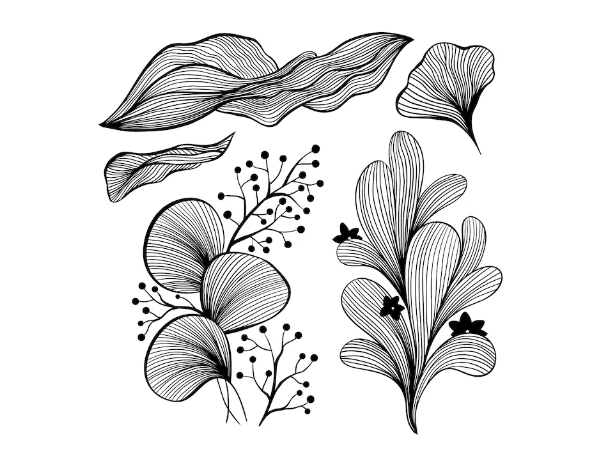
Line drawing is a fundamental drawing style that involves creating images using only lines. This style is often used to create simple, minimalist designs, or to create intricate, detailed images with a high level of precision.
One of the main benefits of line drawing is its simplicity. It can be used to create designs and images that are clean, elegant, and easy to understand. This makes it a popular choice for logo design, branding, and other applications where a simple, clear image is desired.
Another benefit of line drawing is its versatility. It can be used to create a wide range of images, from abstract shapes and patterns to realistic depictions of objects and scenes. It can also be used in combination with other drawing styles, such as shading and coloring, to create more complex images.
Creating a line drawing typically involves using a variety of line weights and styles to create contrast and emphasis. This can include using thin, delicate lines to create detail, or bold, thick lines to create depth and structure. Many artists also incorporate negative space into their line drawings, using the absence of lines to create interesting shapes and patterns.
While line drawing may seem simplistic compared to other drawing styles, it requires a high level of skill and precision to create a successful image. Artists must have a keen eye for detail and be able to create lines that are clean, consistent, and visually appealing.
5. Architectural Drawing
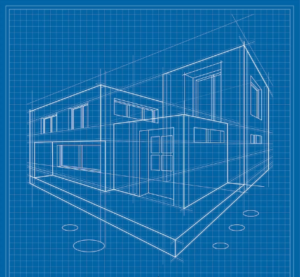
Architectural drawing is a specialized drawing style used by architects and designers to plan and communicate the design of buildings and other structures. This style is highly technical and requires a deep understanding of architecture, engineering, and construction principles.
One of the main purposes of architectural drawing is to communicate a building’s design and layout to stakeholders such as clients, contractors, and regulatory agencies. These drawings are often highly detailed and precise, incorporating measurements, scale, and other technical details to ensure that the final building meets all safety, functional, and aesthetic requirements.
Architectural drawing can take many forms, from hand-drawn sketches and diagrams to complex digital renderings and 3D models. The specific drawing tools used may vary depending on the architect’s preference and the complexity of the project.
One of the key aspects of architectural drawing is the ability to create detailed plans and elevations that accurately represent the building’s structure and features. This may include floor plans, cross-sections, and elevations, as well as details such as staircases, doors, windows, and lighting.
Architectural drawing also requires a deep understanding of building materials, construction techniques, and building codes and regulations. Architects must be able to translate these technical details into visual representations that can be easily understood by stakeholders.
6. Geometric Drawing
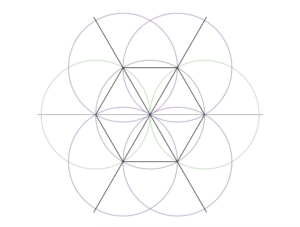
Geometric drawing is a style of drawing that uses geometric shapes, lines, and angles to create precise and symmetrical compositions. This drawing style is characterized by its use of mathematical precision and the deliberate use of shapes to create patterns and symmetry.
Geometric drawing has a long history dating back to ancient civilizations such as the Greeks and Egyptians who used geometric shapes to create intricate patterns and designs. Today, geometric drawing is used in a wide range of fields, including graphic design, architecture, engineering, and art.
One of the key features of geometric drawing is the use of basic geometric shapes such as circles, squares, triangles, and rectangles to create complex compositions. These shapes can be arranged in a variety of ways to create patterns, textures, and designs. The use of symmetry is also a common feature of geometric drawing, with shapes often arranged in a mirror-like fashion to create a sense of balance and order.
Geometric drawing also often incorporates precise measurements and angles to ensure that shapes are proportionate and symmetrical. This requires a high level of precision and attention to detail, making geometric drawing a challenging but rewarding style of drawing to master.
In addition to its practical applications, geometric drawing is also used in art and design to create visually striking and abstract compositions. Artists and designers may use geometric shapes to create patterns, abstract shapes, and optical illusions that play with the viewer’s perception of space and depth.
7. Fashion
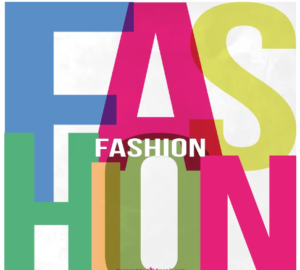
Fashion drawing is a style of drawing that focuses on clothing, accessories, and hairstyles. It is an essential skill for fashion designers and illustrators who need to create detailed and accurate drawings of their designs. Fashion drawing is also used in the fashion industry to communicate ideas and designs to manufacturers, buyers, and customers.
Fashion drawing involves capturing the movement and flow of fabrics, the silhouette of the clothing, and the overall style and mood of the design. This requires an understanding of body proportions, anatomy, and the way clothing drapes and fits on the body.
One of the key features of fashion drawing is the use of fashion templates or croquis, which are pre-drawn figures that serve as a base for drawing clothing designs. These templates provide a consistent starting point for designers to create their designs, and allow for a focus on the details of the clothing rather than the figure underneath.
Fashion drawing also requires an understanding of different fabrics and textures, as well as the ability to create depth and shading to give clothing a three-dimensional look. Color is also an important element in fashion drawing, as it can convey the mood and style of the design.
In addition to traditional hand-drawing techniques, fashion drawing can also be done using digital tools such as tablets and design software. These tools allow for greater precision and the ability to make changes quickly and easily.
Overall, fashion drawing is a style of drawing that focuses on clothing and accessories, and is essential for fashion designers and illustrators. It requires an understanding of body proportions, anatomy, fabrics, and textures, and the ability to create depth, shading, and color to bring designs to life.
8. Gesture drawing
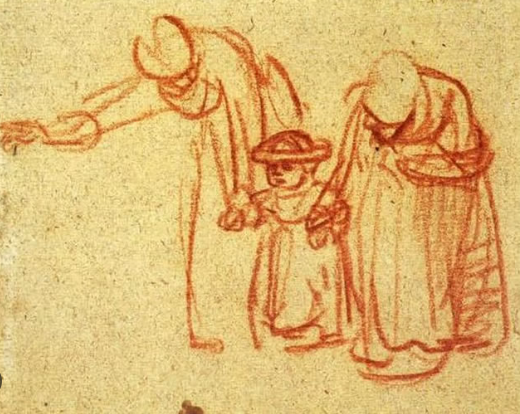
Gesture drawing is a type of drawing that focuses on the movement and gesture of the subject. This drawing style is often used in figure drawing and can also be a great way to capture the energy and emotion of the subject.
Here’s how to try gesture drawing: Use a pencil and start drawing the basic shapes of the figure. Create a line of action down the middle of the figure, attached to the head, as this influences the positioning of the body. Once you have the basic shapes down, start adding details and refining the drawing. If you want you can leave the details out and use gesture drawing as a drawing exercise, to help you capture the motion of the form for larger works.
When creating gestural drawings, it’s important to focus on the movement and gesture of the subject. So, make sure to capture the energy and emotion of the subject in your drawing.
9. Anamorphic Drawing
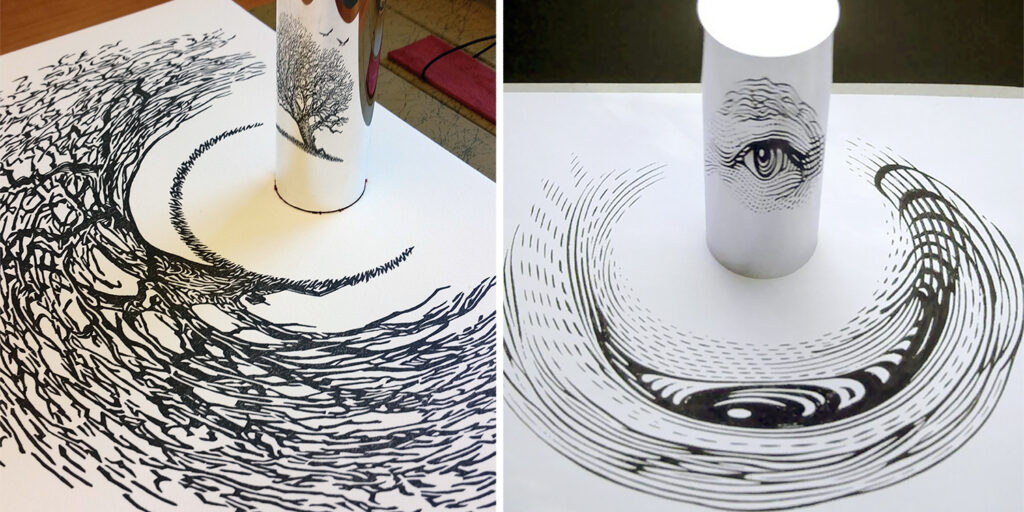
Anamorphic drawing is a type of art that uses perspective techniques to create distorted images that appear three-dimensional when viewed from a certain angle or with the use of a special device or mirror. Anamorphic art is often created on flat surfaces such as walls, floors, or pavements and can create an optical illusion that tricks the viewer’s perception of space.
The word “anamorphic” comes from the Greek word “anamorphoun,” which means “to transform.” The art form gained popularity during the Renaissance era, and it continues to be used in contemporary art today.
Anamorphic drawing requires a great deal of planning and precision. The artist must first create a distorted image that looks like a jumble of lines and shapes when viewed from a certain angle. Then, the artist must carefully plot out the distortion of the image in a way that can only be seen when viewed from a specific angle or with a special device.
Anamorphic art can be created using a variety of media, including chalk, paint, and digital tools. Some artists use 3D modeling software to create their designs, which can then be projected onto a surface for easier tracing and painting.
Anamorphic art is a unique and fascinating form of drawing that challenges the viewer’s perception of space and perspective. It requires a high level of skill and patience to create, and the results can be truly breathtaking. Anamorphic art is often used in public spaces and galleries as a way to engage and captivate audiences, and it continues to inspire and amaze people around the world.
10. Typography Drawing
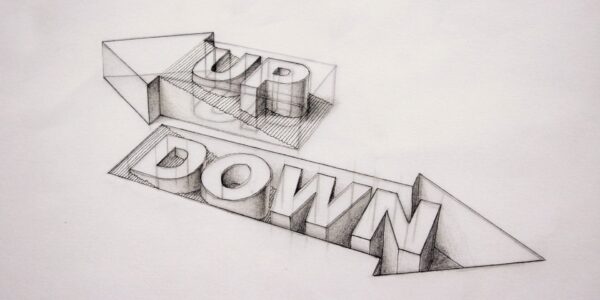
Typography drawing is a form of art that combines the principles of typography and illustration to create visually striking designs. It involves the use of letterforms and typefaces to convey a message or idea in a creative and artistic way. Typography drawing can be seen in various forms, including posters, logos, book covers, and even tattoos.
The process of creating typography drawings involves careful consideration of the letterforms and how they can be arranged and manipulated to convey the desired message or tone. The artist must also take into account the spacing, sizing, and alignment of the text to ensure that it is visually appealing and easy to read.
One of the key aspects of typography drawing is the use of different typefaces and fonts to convey different moods and emotions. For example, a bold and thick font may be used to convey strength and power, while a delicate and elegant script font may be used to convey grace and sophistication.
In addition to the typefaces used, typography drawing also involves the use of color, composition, and texture to enhance the design and create a cohesive and visually appealing piece. This can involve adding textures or illustrations to the text, or using different colors and shading to create depth and dimension.
Typography drawing is a highly versatile and creative form of art that can be used to convey a wide range of messages and ideas. It requires a combination of technical skill, creativity, and an eye for design to create truly stunning and effective typography drawings. Whether used in advertising, branding, or personal expression, typography drawing is a powerful tool that can capture attention and convey a message in a unique and artistic way.
Drawing Styles Drawing Styles Drawing Styles Drawing Styles Drawing Styles Drawing Styles Drawing Styles Styles Drawing Styles Drawing Styles Drawing Styles Drawing Styles Drawing Styles Drawing Styles Drawing Styles Styles Drawing Styles Drawing Styles Drawing Styles Drawing Styles Drawing Styles Drawing Styles Drawing Styles Styles

